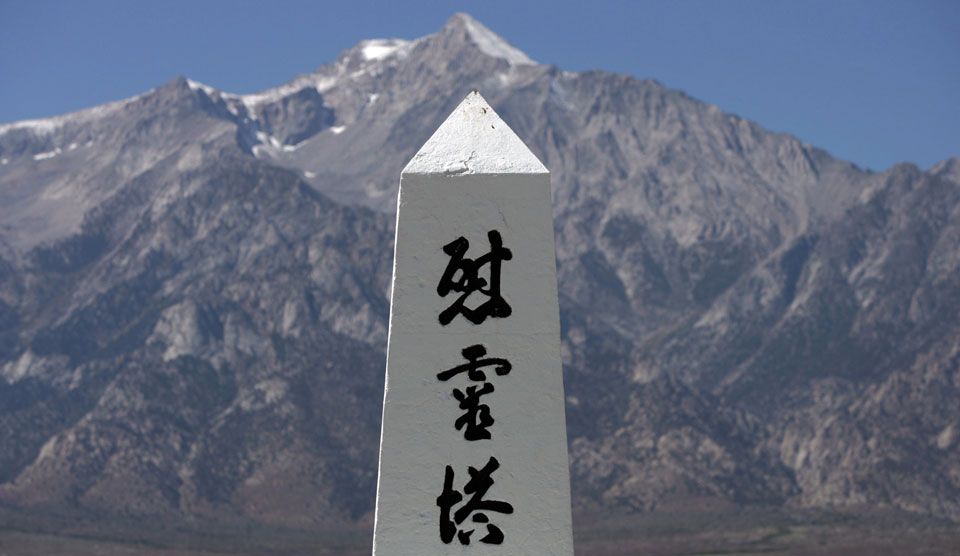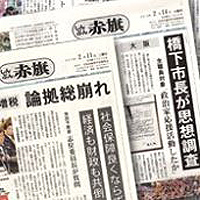
MANZANAR NATIONAL HISTORIC SITE, Calif.—Surrounded by barbed-wire fences and watchtowers, it was described as a “prison in the desert.” Former inmates said that when waking up in the morning, they were shaking with cold and covered with sand that kept coming in through gaps in the floorboards and walls.
Around 230 miles north of Los Angeles, at the foot of the Sierra Nevada Mountains, was located the Manzanar War Relocation Center. In the middle of barren land where summer is scorching and winter is freezing, this facility was built as the first internment camp where Japanese Americans were forced to live during WWII.
After the attack on Pearl Harbor by the Imperial Japanese military, citizens of Japanese descent in the U.S. were labeled as hostile aliens and deprived of their property and land.
At that time, it was the politicians and journalists in the mainstream media who hysterically helped to fuel racial discrimination against Japanese Americans. Headlines like “Japs are Japs wherever they live,” and editorials decrying, “Those who have one drop of Japanese blood in them should go to internment facilities,” helped usher victims off into concentration camps like the one at Manzanar.

This racism continued even after the end of the war. In protest against racism, former internees launched a movement to provide testimonies and demand state compensation and a formal apology from the U.S. government for the suffering they had endured during the war.
At the former Manzanar camp site, the 50th commemoration ceremony took place in memory of the victims during the last weekend in April. Participants in the ceremony underscored the need to stop the expansion of white supremacy and hatred, saying, “No more racial discrimination.”
The late Fred Korematsu, a former inmate who protested against the unjust internment, warned years ago of the growing public sentiment in favor of racial discrimination, saying that it is easy to promote the fear of and prejudice against minorities, which often serves the promoters’ own political interests. He also said that people need to keep learning lessons from the past, otherwise democracy can stop functioning at any time.












Comments